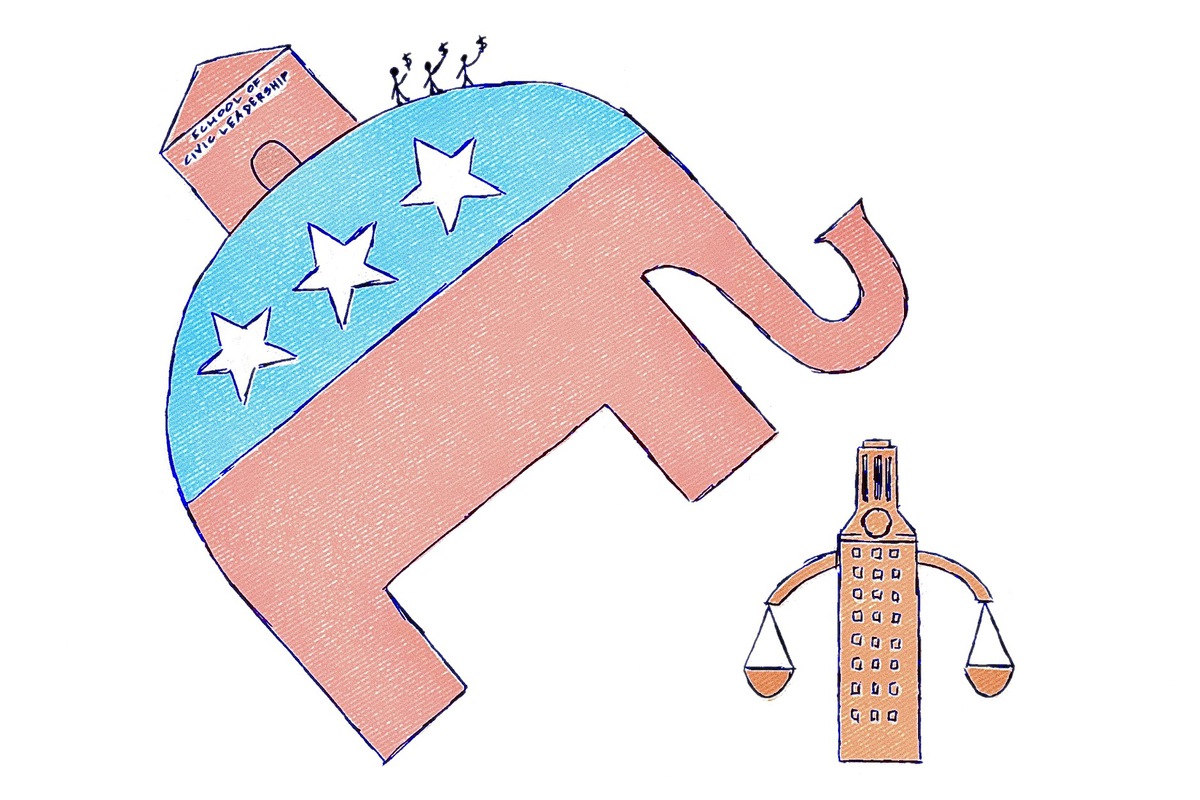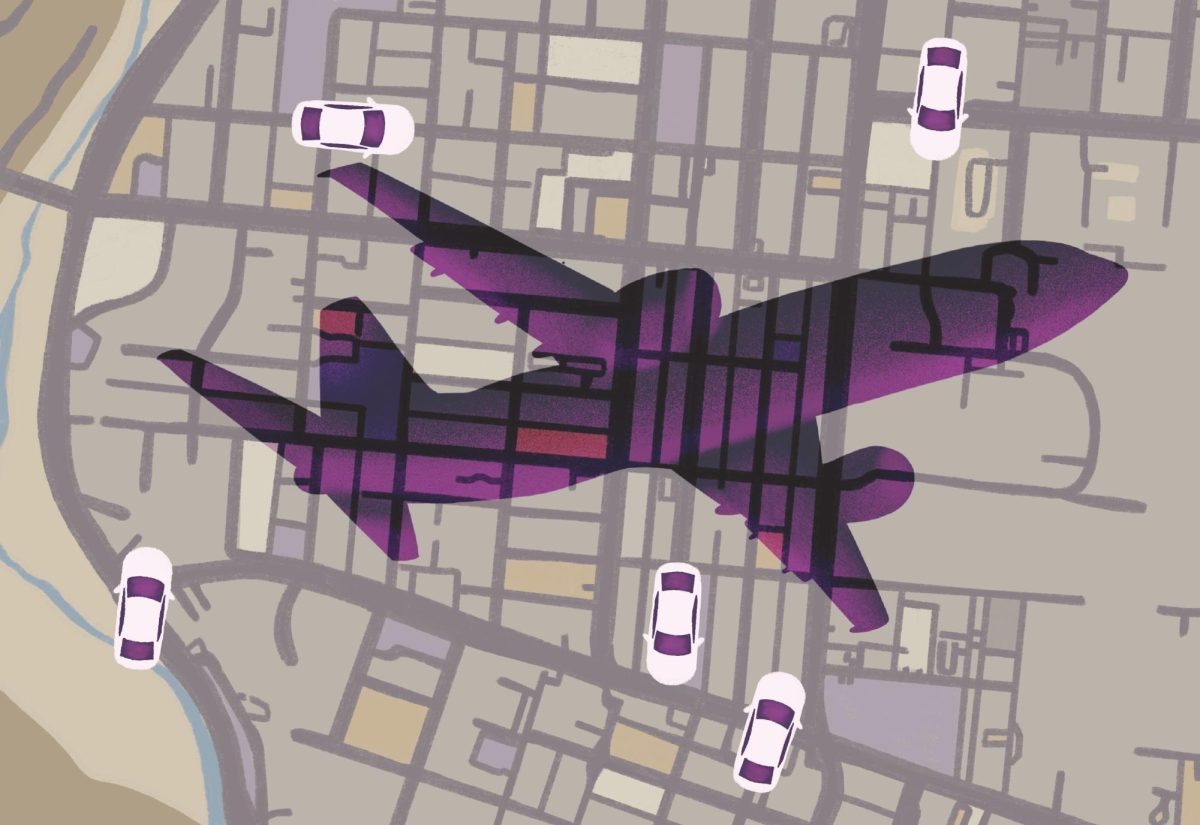You are probably well acquainted with the cartoon raccoons in the Kinsolving and J2 Dining halls that lightly shame you for wasting food. But their judging stares neglect one of the biggest sources of waste on campus: water.
A study from Arizona State University revealed that college students use approximately twice as much water as the typical American to cover the same necessities. Although the study did not delve into the cause of the excess water usage, our demographic obviously has room for improvement. Awareness alone could cut down on much of the waste. Since most college students do not pay their own water bills — and do not have parents to scold them into conservation — they do not have to face their own indulgence. Merry Klonower, Director of Communications at the Texas Water Development Board, emphasized that small actions by individuals can “accrue into more impactful changes.”
The condescending raccoons did not miss the mark entirely. Agriculture uses a lot of water. Producing one loaf of bread, for example, requires 150 gallons of water. According to a study by the Texas Water Development Board, of all the water used by Texas in 2014, 76 percent of groundwater and 27 percent of surface water went to agriculture. Though this percentage will continue to decline as agriculture becomes more efficient and other industries consume more water, food production will likely use more water than the domestic sector for decades.
That said, forgoing a week’s worth of sandwiches will not pump 150 gallons of water back into the Edwards Aquifer. Consuming less food will only reduce water usage if accomplished on a large enough scale to noticeably reduce the state’s demand for agricultural products. Although important, mindfully consuming food probably will not cut down on water use as much as actually using less water.
Water conservation could become increasingly important to the Austin area in the future. Although the Edwards Aquifer has recharged recently, we do not know when the next drought will hit. The Austin area depends on the aquifer for a large portion of its water, and we do not have an easily accessible alternative.
Texas as a whole will likely struggle with water shortages as well. Klonower said that the greatest challenge going forward will be providing water for Texas’ rapidly growing population.
The state should successfully reach its goals, however, if it follows conservation recommendations from the Texas Water Development Board. So far, most Texan municipalities, including Austin, have successfully reduced water usage in recent years.
But legislative action on state and city-wide levels is not enough. This brings us back to the issue of individual awareness.
A study from Vanderbilt University found real-time metering technology that provided frequent feedback on water use successfully encouraged students to conserve water and electricity. Such technology would take years to implement, but hopefully the University will move in that direction.
Until then, individual initiative is key, and the University must do everything it can to constantly promote mindfulness. I want raccoons above the water fountains. I want raccoons silently judging you as you refuse to use a sponge and try to wash your dishes using water pressure alone.
I want raccoons in your shower.
Marabella is a business honors, Plan II and Spanish freshman from Austin.





















